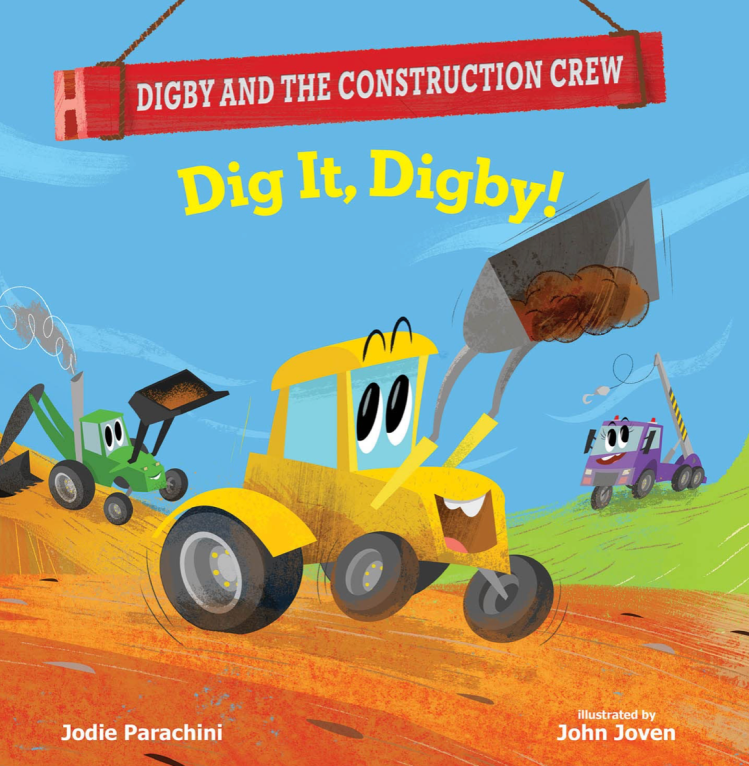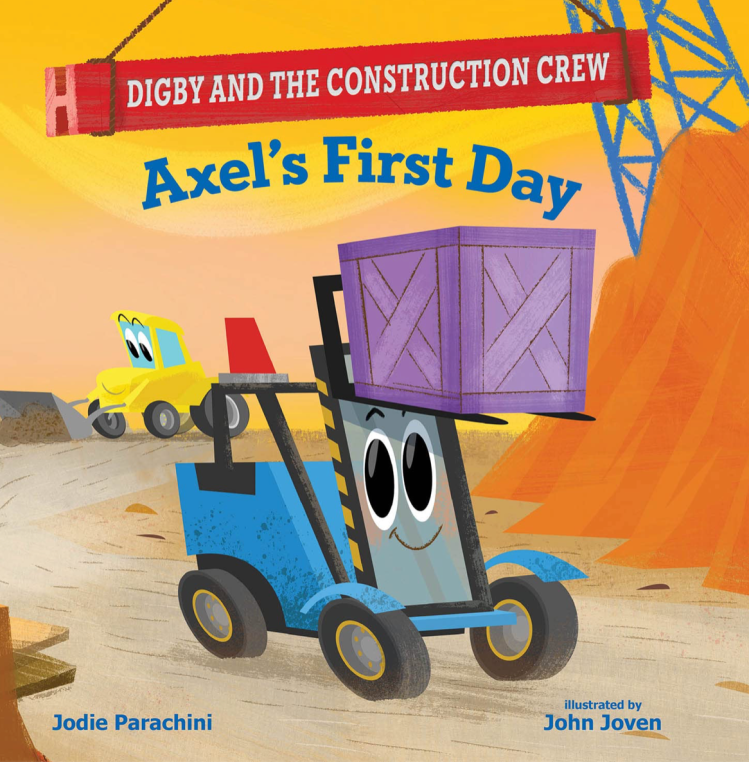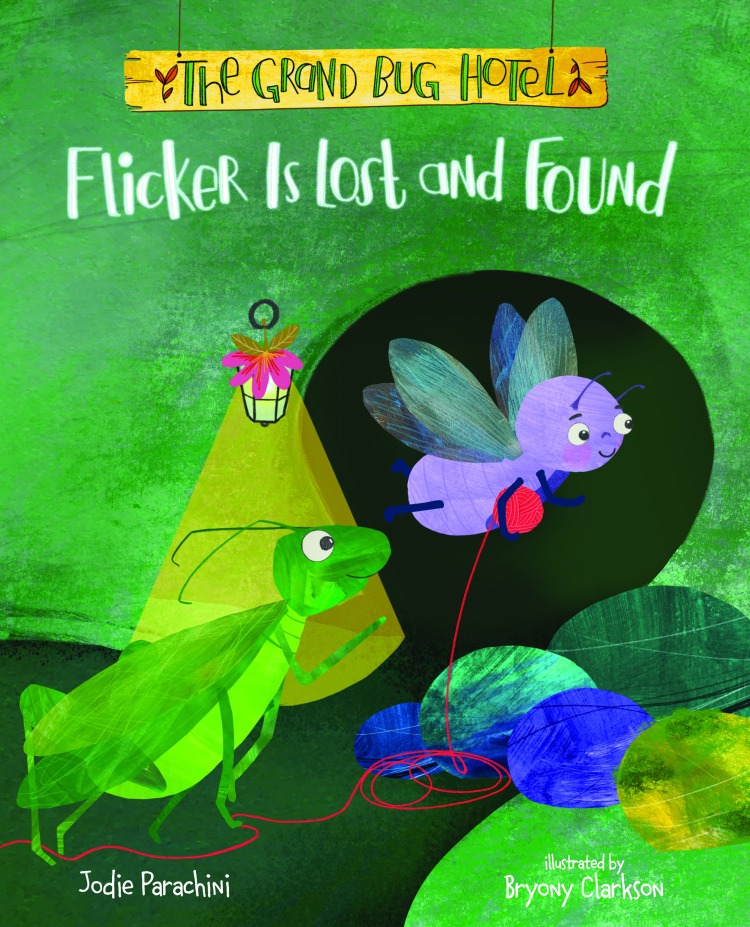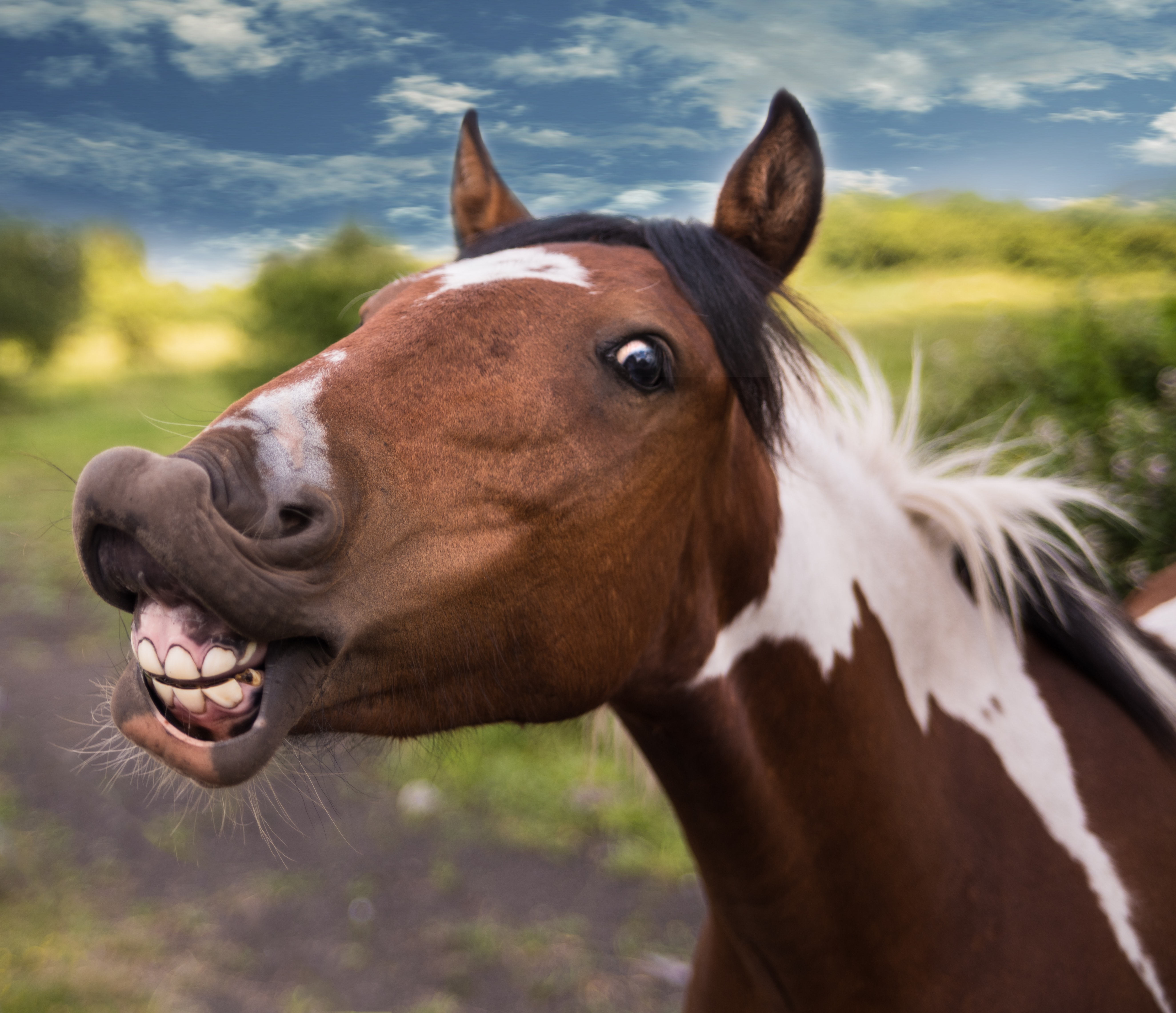
Heard some great news this week!
Two of my books will be joining the Mattel family (yes, Mattel, of Barbie fame).

(or more importantly, of Thomas the Tank Engine fame. Anyone who knows my family will know how much my girls LOVED Thomas.)
Mattel has bought an app called Caribu, which brings families together to read to each other online. Caribu is an interactive video-call app that allows parents, grandparents or friends to talk, read, and play games with children, no matter how far away they live.
This, of course, became huge (and crucial!) during Covid.
Yet lifting a picture book up to the screen to try to read to the grandkids was always awkward. Laptop cameras are tricky and attention spans are short! Caribu has solved these issues by uploading thousands of books and videos so you can focus on quality family time.

And now two of my books will join them!
Caribu is expanding their nonfiction section and adding:
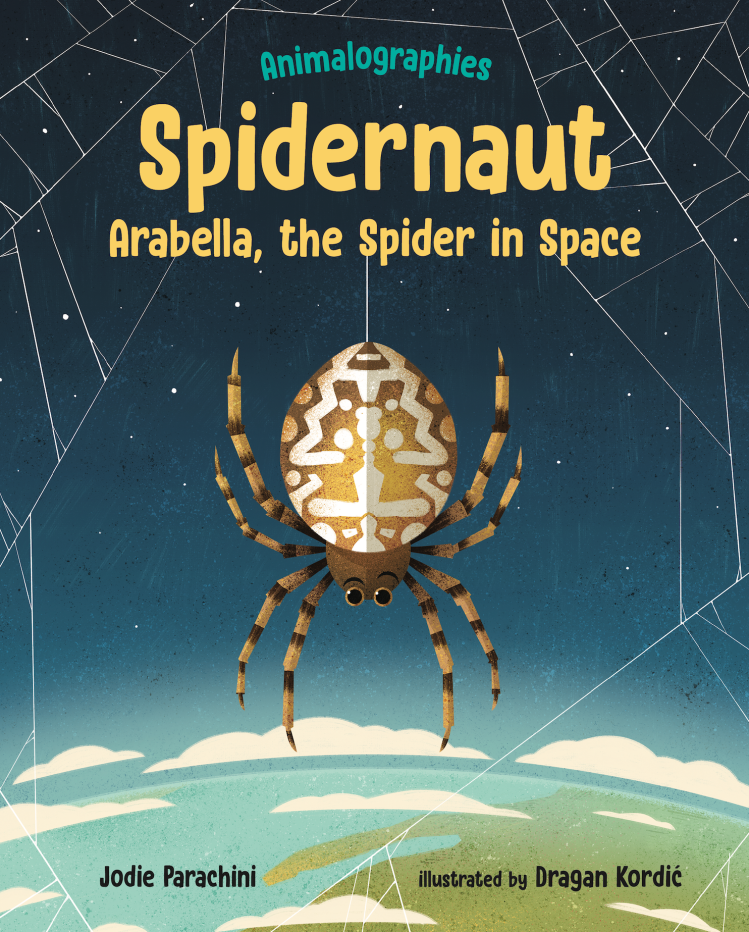
SPIDERNAUT: ARABELLA THE SPIDER IN SPACE
and
LISTENING TO THE STARS: JOCELYN BELL BURNELL DISCOVERS PULSARS

Check them out on the Caribu app (caribu.com)
Thank you Caribu! I hope these stories bring families closer together.
Until next time, toodle pip and cheerio!









